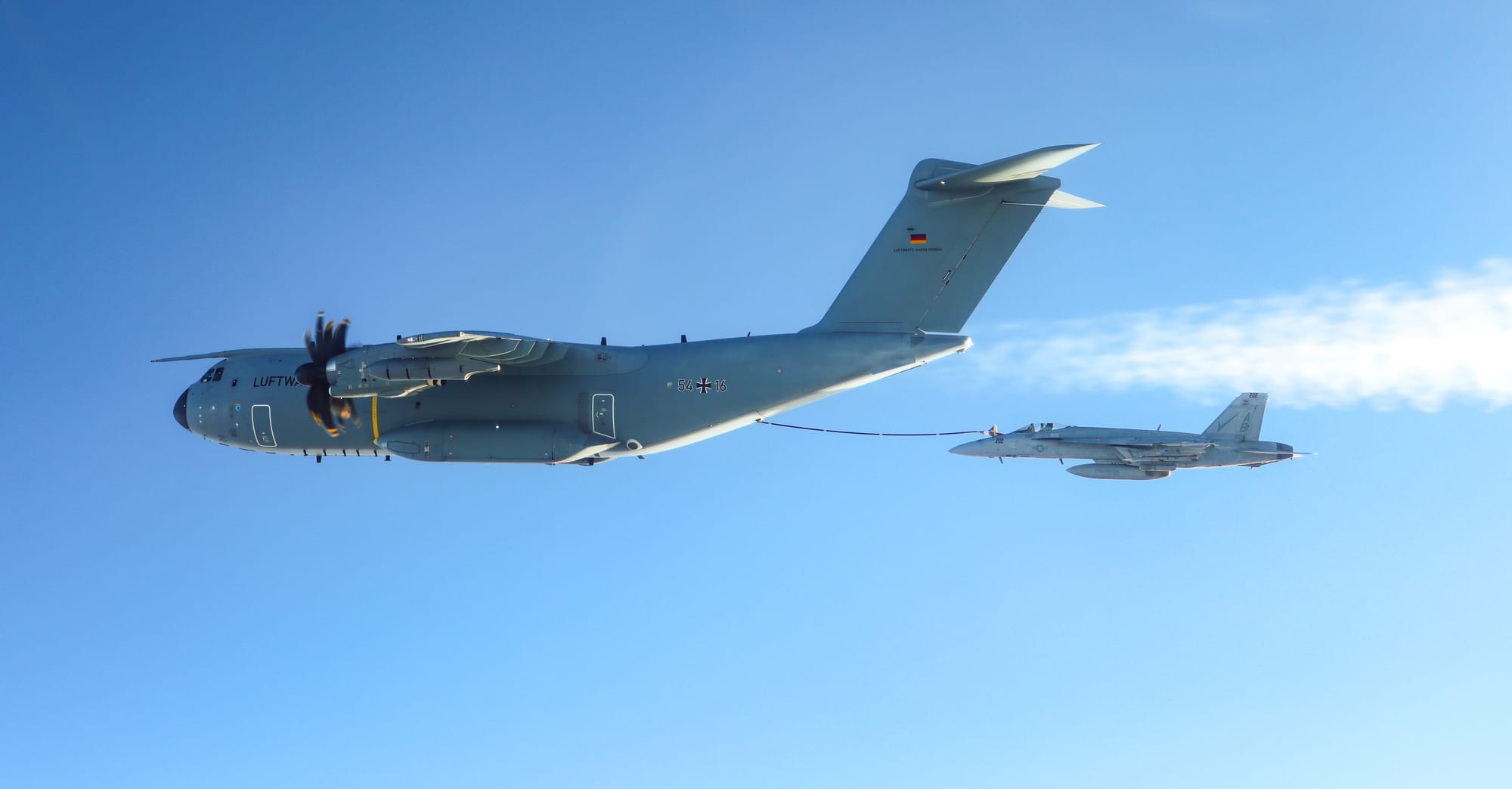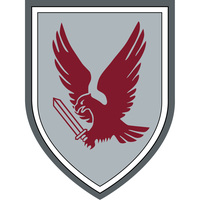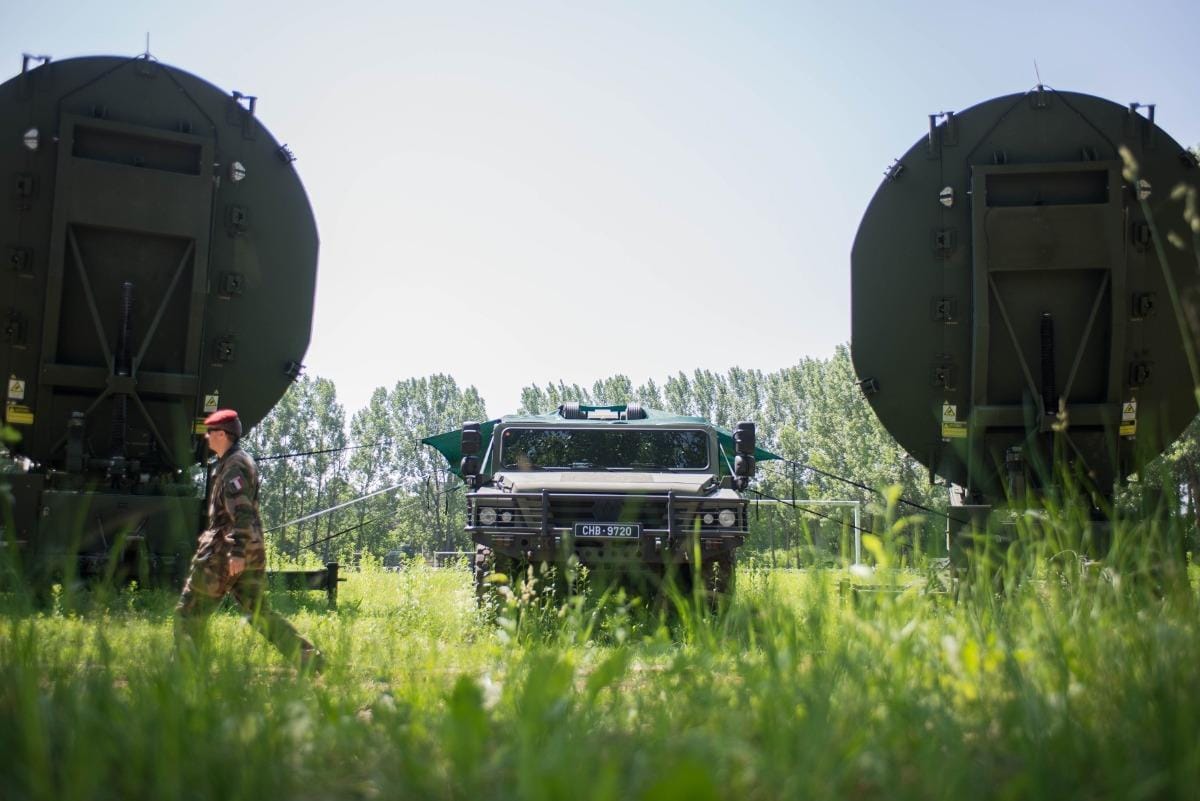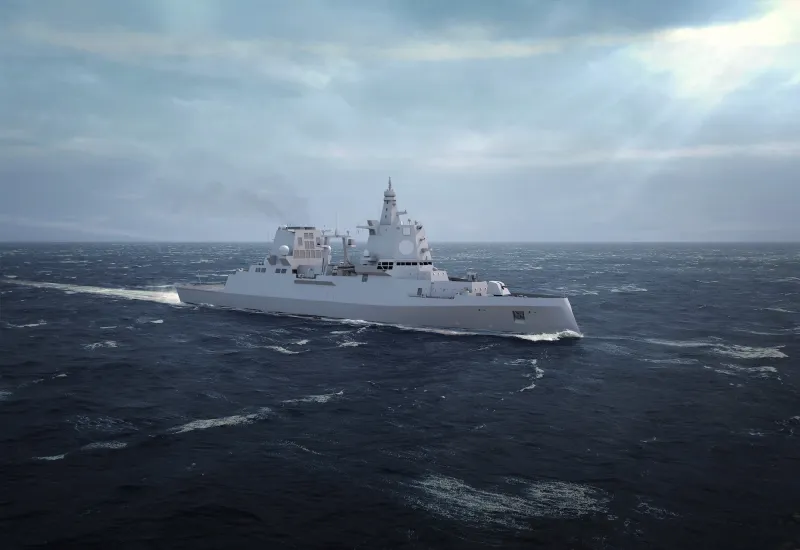Griffin Lightning 2025: NATO’s Baltic Deterrence Drill Highlights Germany’s Rotary Spearhead
Griffin Lightning 2025 tests NATO’s forward air mobility and rapid reinforcement—with Germany’s Aviation Brigade leading rotary operations across key Baltic nodes.

Griffin Lightning 2025, a NATO exercise led by Multinational Corps Northeast (MNC NE), features Germany’s Aviation Brigade as its principal rotary-wing contributor—participating alongside forces from Lithuania, Poland, Estonia, Latvia, and other allied nations.
With over 26,000 troops operating across multiple integrated drills, the exercise tests forward-deployed air mobility, multinational combat coordination, and rapid reinforcement under NATO’s evolving Force Model.
It consolidates Vilnius, Panevėžys, and other regional nodes into a functional warfighting corridor—underscoring the Baltic region’s centrality to NATO’s eastern deterrence architecture.
Griffin Lightning integrates multiple parallel operations—such as Hedgehog in Estonia, Crystal Arrow in Latvia, Thunder Fortress in Lithuania, and Brave Boar in Poland. These exercises form a cohesive deterrence architecture, sharpening multinational command integration, forward basing logistics, and rapid reinforcement capabilities.
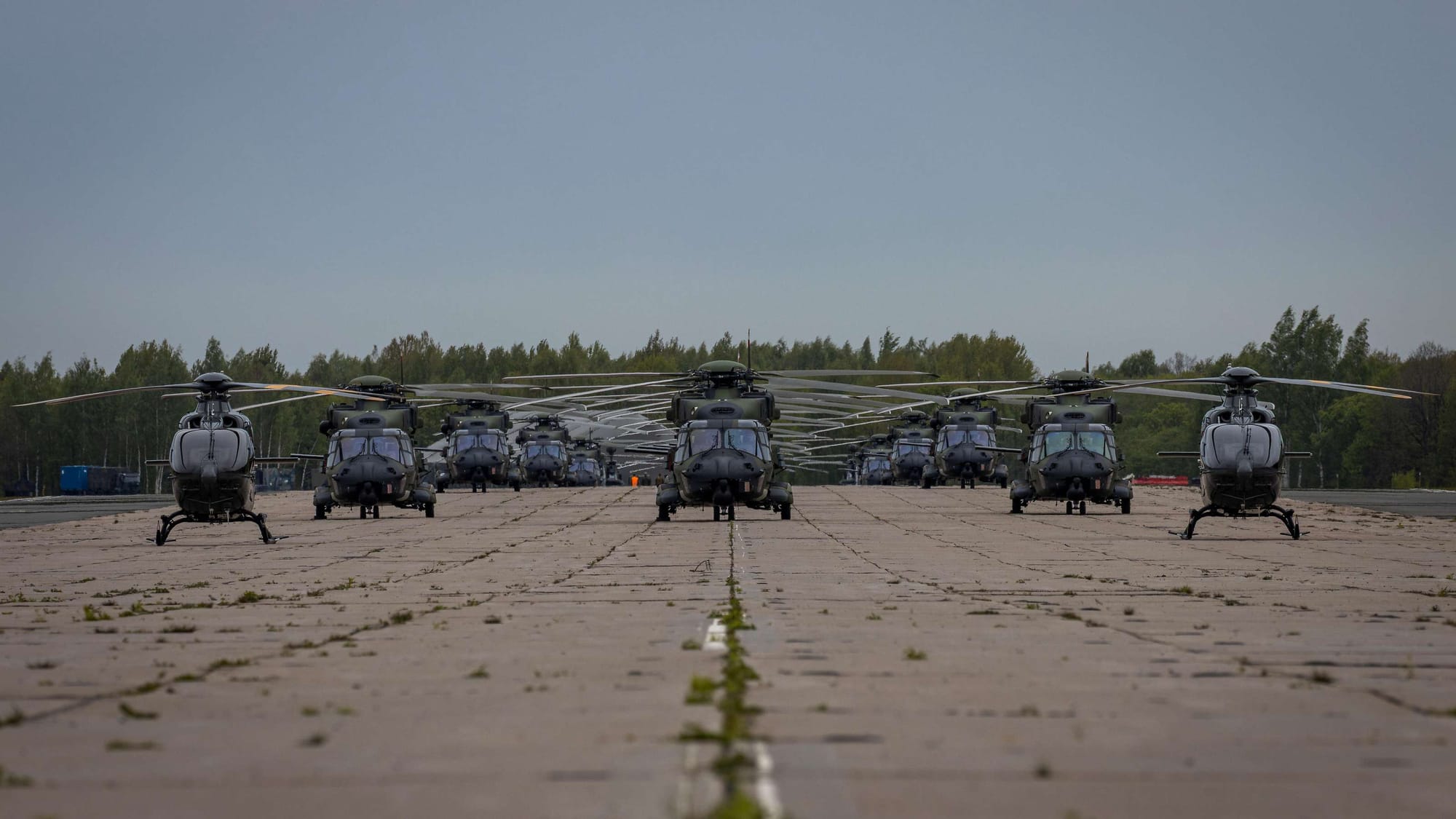

A Multinational Flightpath to Deterrence
At a reactivated airfield near Panevėžys, NATO forces are testing rotary-wing integration under live deployment conditions—with Germany’s Aviation Brigade operating from a full-spectrum forward base including fuel, C2, and logistical infrastructure.
Germany’s Aviation Brigade plays the central rotary-wing role within a broader NATO aviation effort, executing its most ambitious out-of-country maneuver in over 30 years. Embedded in a joint force posture spanning the Baltic states and Poland, the brigade operates from Panevėžys alongside Lithuanian host units and allied formations participating in synchronized multinational components of Griffin Lightning.
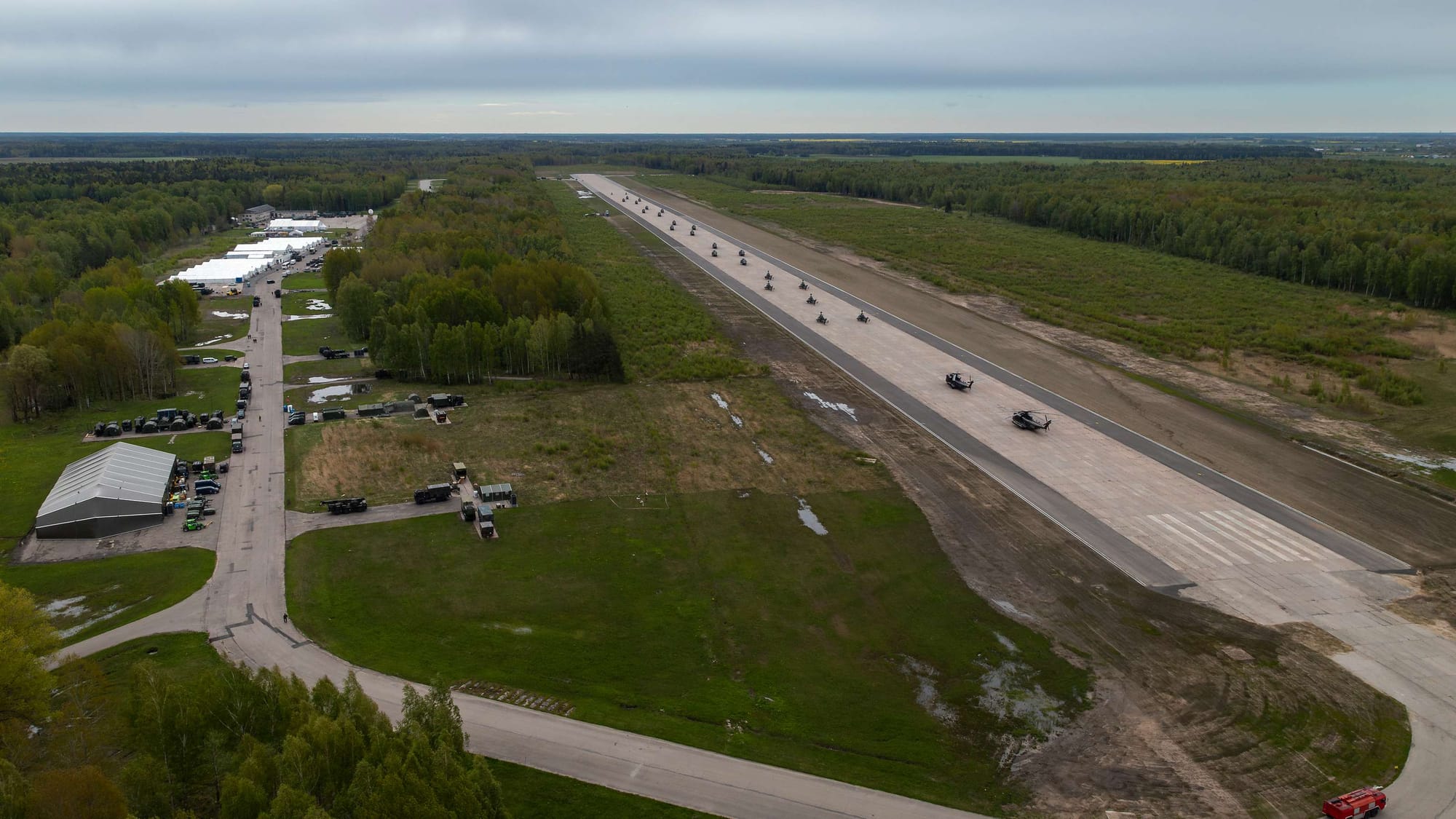
Griffin Lightning 2025, a flagship NATO exercise, constitutes the first full-spectrum deployment of Germany’s rotary-wing response force aligned with NATO’s new Force Model (NFM) parameters.
More than 800 personnel, 30 helicopters, and 250 ground vehicles from 11 Bundeswehr formations are participating. They include:
- NH90 multirole transport helicopters
- CH-53 heavy lifters
- Tiger attack helicopters
- EC135 light utility/support aircraft
Operating alongside Lithuanian host forces and other NATO allies, the Aviation Brigade is conducting realistic alliance-level drills in combat service support, distributed logistics, and air-ground coordination. The exercise reflects a broader trend toward embedding rotary-wing formations into the operational fabric of NATO’s forward defense posture.
Under the command of Brigadier General Volker Bauersachs, the Aviation Brigade is shifting from tactical lift drills toward realistic alliance-level combat service support and air-ground coordination under exercise conditions.
“We are the flying spearhead of NATO,” Bauersachs declared. “Fast, precise, and unstoppable.”
His statement reflects not rhetoric, but a shift in Germany’s force design—from tactical airlift provider to an integrated, combat-ready aviation element under NATO tasking.
Aviation Brigade NFM: NATO’s Rotary Vanguard
Effective 1 January 2025, the Bundeswehr assigned the Aviation Brigade to NATO’s high-readiness pool for the alliance’s northeastern flank.
From 2025 to 2027, the brigade operates under the Multinational Corps Northeast in Szczecin, serving as a rapid-response combat and support formation across Poland, Lithuania, Latvia, and Estonia.
Its roles include:
- Combat and close air support
- Airmobile troop transport
- Aeromedical evacuation (MEDEVAC)
- Interoperable logistics support
The brigade unifies air assets from the German Army (Heer), Air Force (Luftwaffe), Cyber and Information Domain Service, and logistical enablers, under NATO tasking, enabling joint airmobility and tactical integration within a distributed multinational aviation effort on NATO’s eastern flank.
Headquartered in Szczecin, Poland, Multinational Corps Northeast (MNC NE) is tasked with coordinating NATO’s regional land response across the Baltic area. Its role in Griffin Lightning 2025 extends beyond exercise control—it represents a testbed for real-time alliance-level force integration and operational scalability under NFM standards.
Related stories on Großwald: NATO's Ramstein Flag Exercise 2024
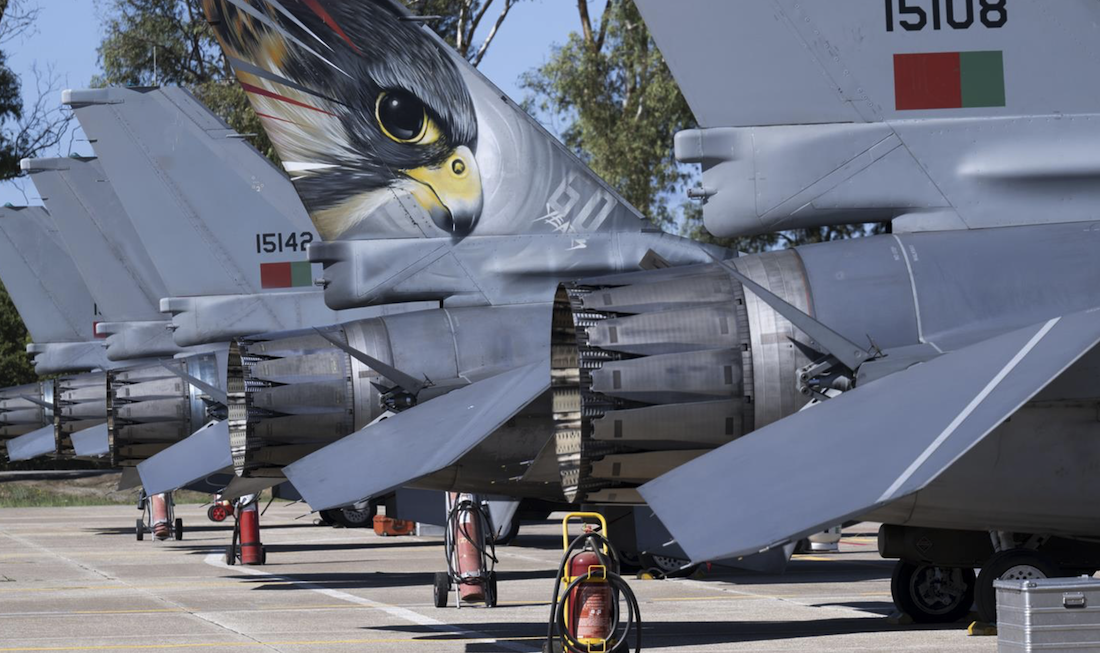
Key Training Objectives: From Formation Flights to Combat Logistics
Griffin Lightning is not symbolic. It is tactically layered and logistically real.
- Low-altitude formation flights over Vilnius—including a precision flypast of the Gediminas Tower—demonstrated allied presence.
- Refueling operations and field tower control from containerized mobile airfields tested expeditionary airbase functionality.
- Live-fire exercises from airborne helicopters trained door gunners and aircrews in combat realism.
- Cyber and signals detachments ensured encrypted, resilient C2 across distributed nodes.
These functions—distributed refueling, mobile ATC, and encrypted C2—form the operational backbone for survivability in degraded or contested theaters.
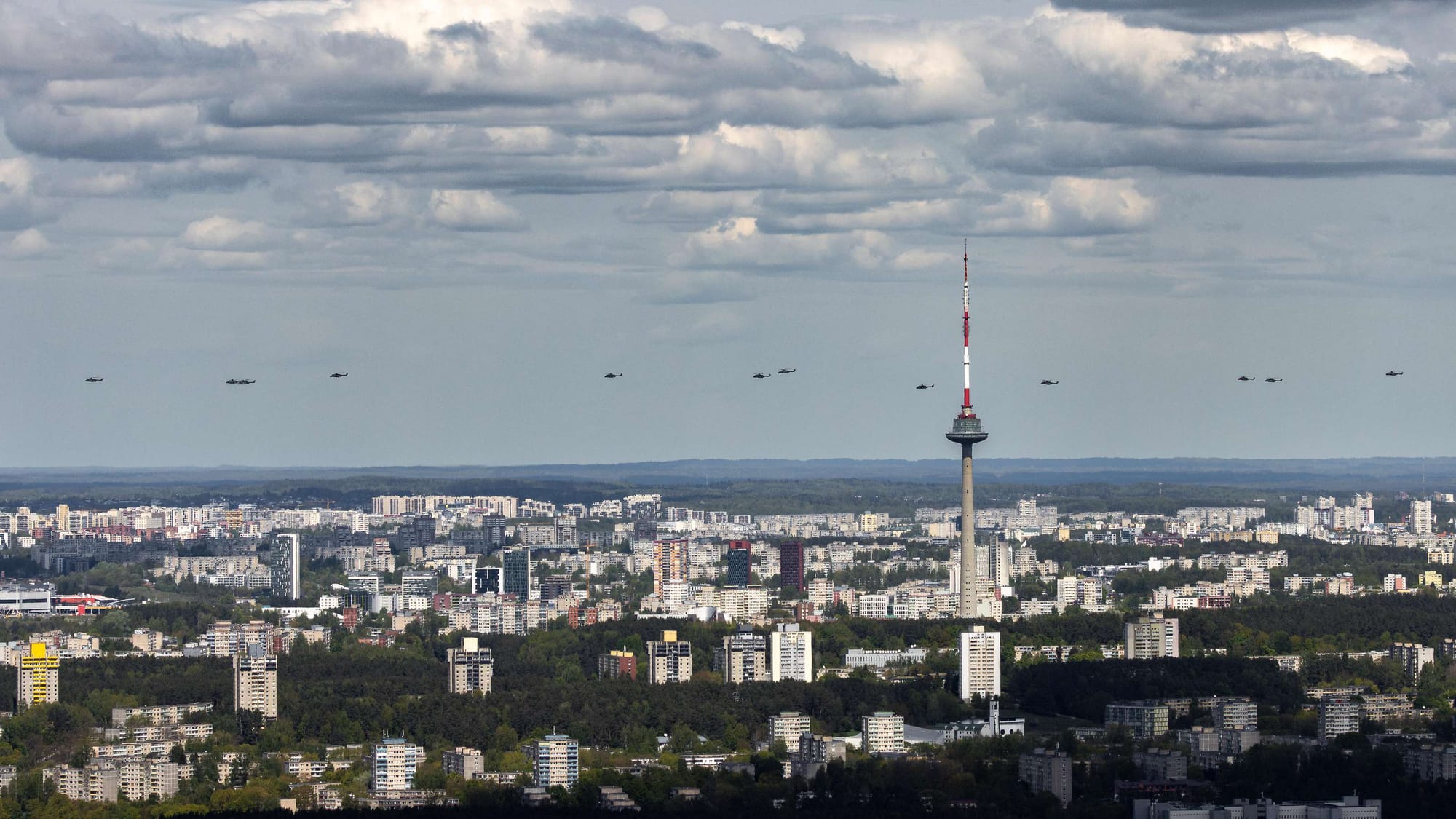
The Relevance: A New Layer in Eastern Defense Architecture
The Aviation Brigade’s role under the NATO Force Model reflects Germany’s expanded rotary-wing presence within NATO’s posture—supporting a shift from symbolic deployments toward credible maneuver contribution. As structured, such formations can serve as critical enablers for:
- Anti-access/area denial (A2/AD) bypass
- Rapid reinforcement of Forward Land Forces (FLF)
- Multinational plug-and-play operations
While concepts like rotary-enabled maneuver capability and modular multinational integration reflect future-oriented operational thinking rather than current formal doctrine, Griffin Lightning nonetheless showcases the structural potential for such a role. It underscores Germany’s growing operational readiness to back eastern flank commitments—not solely through static presence, but via sustained air mobility and distributed support capacity.
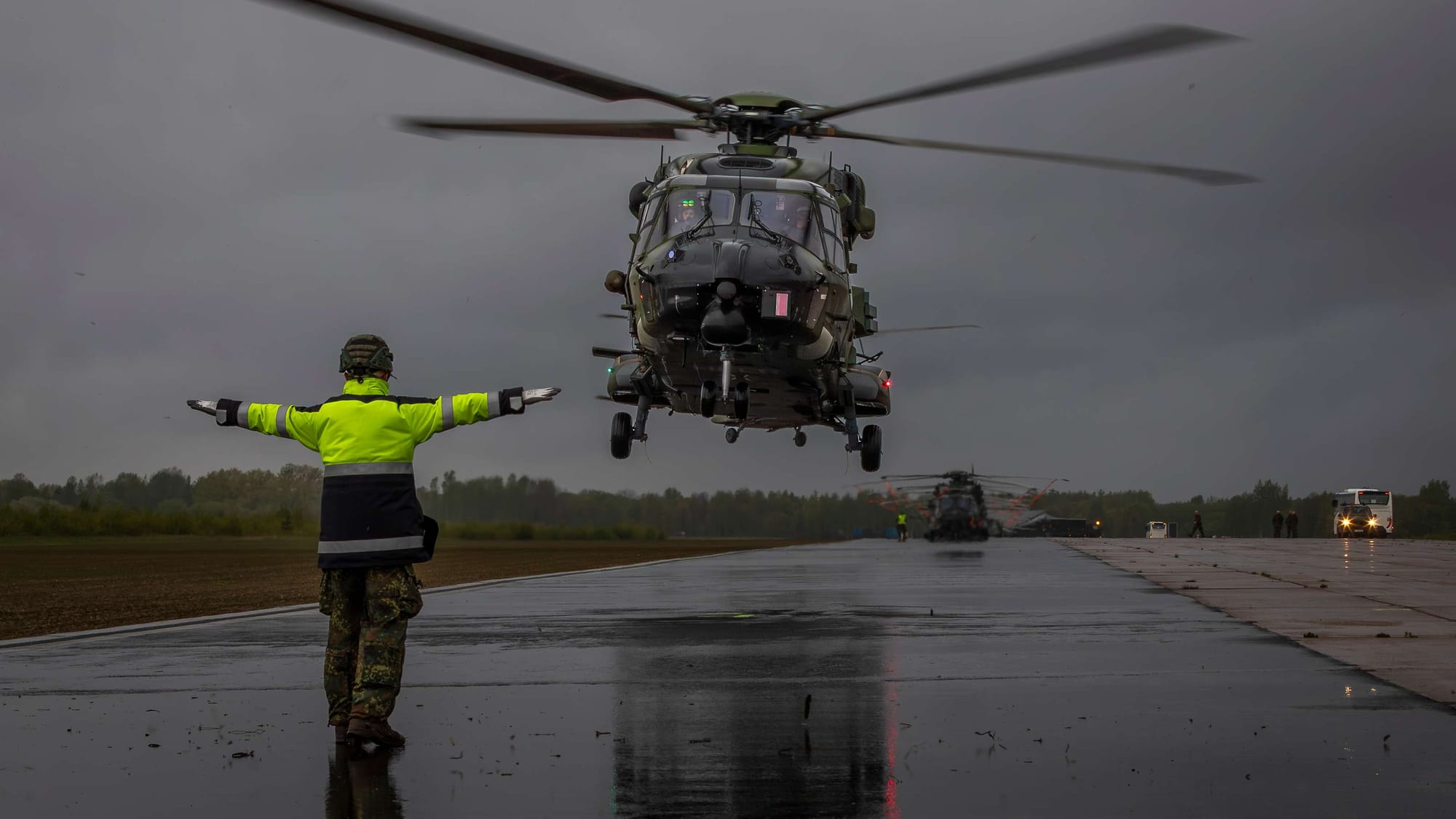
Outlook: From Exercise to Readiness
As NATO recalibrates its force posture along the eastern flank, rotary-wing formations are emerging as more than enablers—they are becoming maneuver-relevant assets in their own right. Exercises like Griffin Lightning 2025demonstrate that vertical lift capabilities, once treated primarily as tactical logistics tools, are increasingly being integrated into operational concepts for distributed warfare, contested logistics, and rapid multinational reinforcement.
Germany’s deployment helps address long-standing shortfalls in deployable lift and expeditionary support, but Griffin Lightning also mirrors alliance-wide trends. Poland, France, the UK, and the U.S. are all reconfiguring their airmobile doctrines to emphasize survivability, dispersal, and integration—including MEDEVAC, light strike, and networked ISR.
NATO is not reinventing helicopters, but adapting established rotary capabilities for modern conditions—marked by standoff fires, degraded infrastructure, and operational fluidity. These assets are now being re-tasked not just as enablers, but as versatile front-line tools for sustainment and mobility.
Related Großwald Reporting
